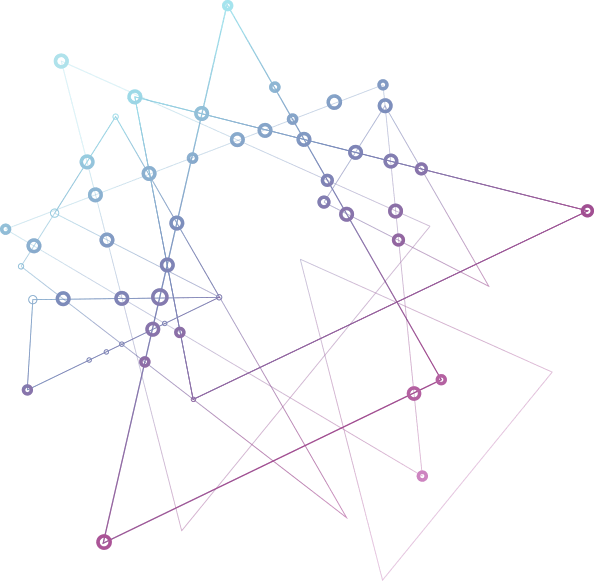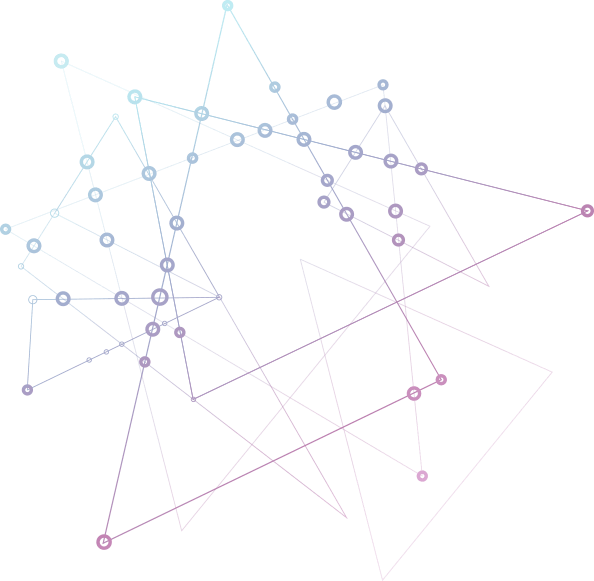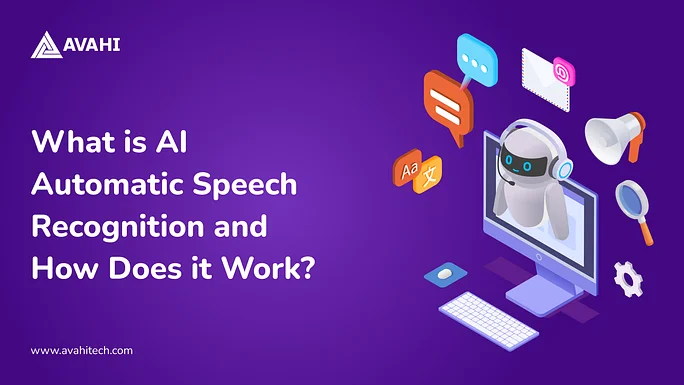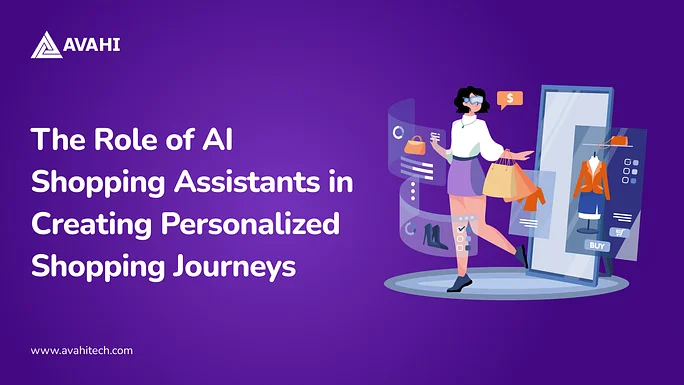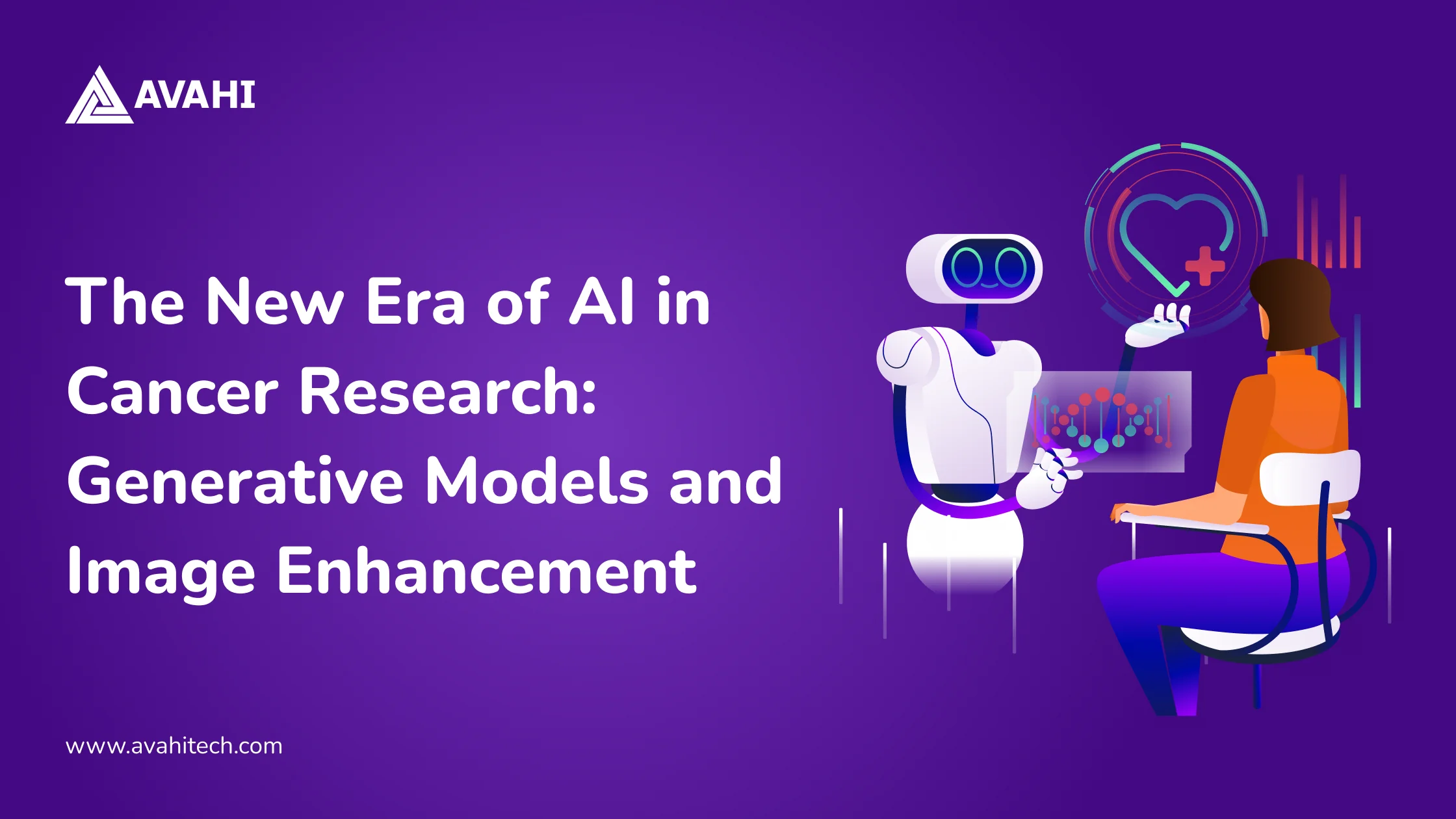SUCCESSFUL CLOUD ADOPTION
AWS Cloud Migration Consulting
Migrating applications and data from the on-premises data center(s) to the cloud is much harder than it seems. The technical and non-technical challenges include moving a vast amount of data to the cloud, incompatibility of non-cloud native apps with cloud environments, lack of on-staff knowledge to manage migration disrupting productivity, and introducing risk.
Our competent team of migration experts who have gone through migration multiple times over the years can provide you the much-needed help with your migration journey.
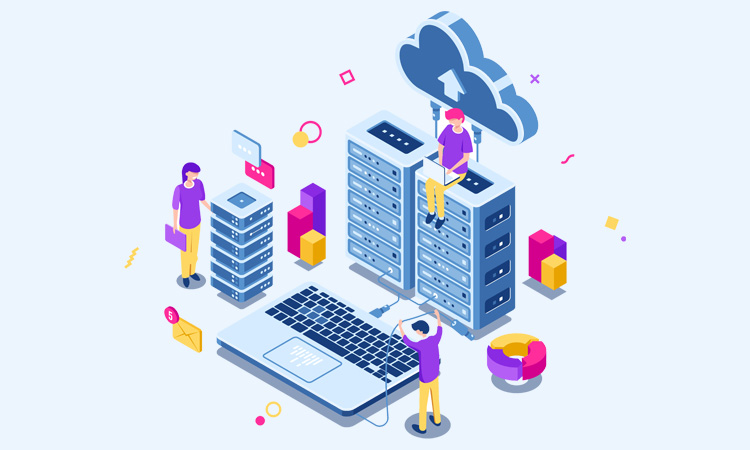
We help organizations build the foundation (security, compliance, networking, CCoE) to operate their mission-critical workloads on the cloud. A strong foundation will enable organizations to build capabilities that can be leveraged across various projects and services on the cloud.
For enterprise customers, getting ready for migration requires a certain degree of maturity, operational readiness, understanding of complex application portfolios, inter-dependencies, and understanding how their current applications are built and what they want to achieve by moving to the cloud. We can help you with these complexities and help align various teams to ensure a successful migration to the cloud.
ACCELERATE
Build your cloud foundation right
ROADMAP TO SUCCESS
Our Migration Approaches

Rehost
Replatform

Refactor/Re-architect
OUR CLOUD MIGRATION PROCESS
Four Phases of a Successful AWS Cloud Migration
To ensure a smooth and successful transfer, we take a phased approach to the Migration process that considers data handling requirements, data governance, compliance, and security. As part of the migration process, we work with you to define adequate processes and governance to ensure business continuity while migrating to the cloud. Otherwise, the migration process can risk security, performance, and cost issues.
Assess
Migrate
Optimize
4
Manage
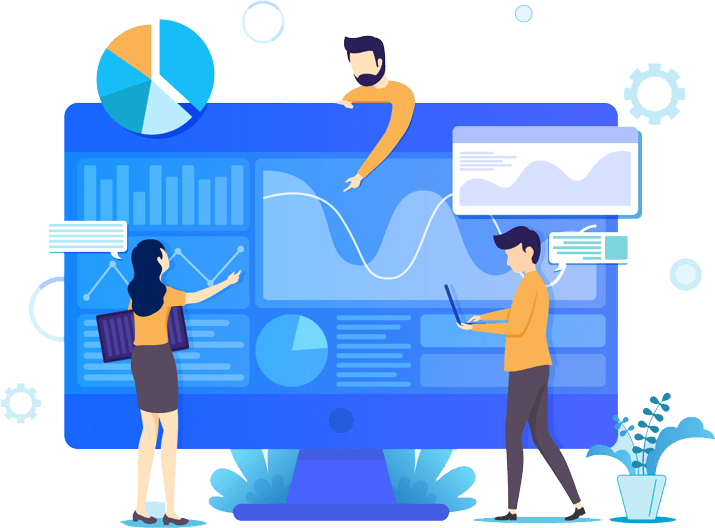
MIGRATE TO THE CLOUD WITH CONFIDENCE
AWS Cloud Adoption Framework
The AWS Cloud Adoption Framework (CAF) is one of the tools we use to support smooth migrations to the cloud. We can accelerate your cloud adoption and set your business for success by aligning IT goals with business goals by utilizing cloud adoption framework principles. The CAF enables proper cloud governance principles and launches your foundational cloud implementation. We create a roadmap with well-defined actionable work streams to guide all your business departments individually on your ongoing cloud adoption project.
There are six areas of focus called “perspectives” that make up the cloud adoption framework. Each perspective builds a set of responsibilities and describes how they relate to the broader cloud adoption plan. We’ve outlined the main areas and their roles below.:

Business
People
Governance
Platform
Security
Operations
ANALYSIS
Get Free Cloud Adoption Readiness Assessment
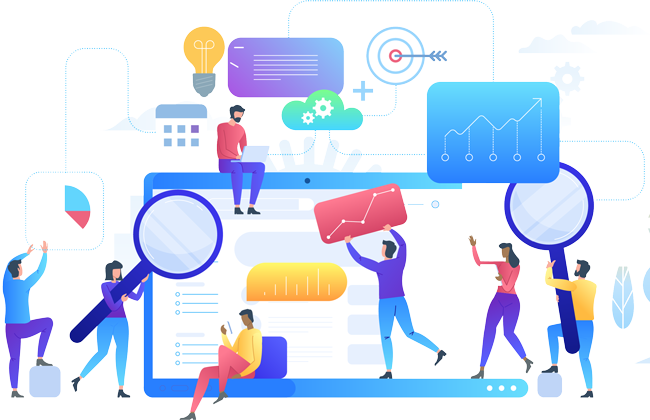

Latest Valuable Insights
We like to share our knowledge, experiences from building solutions, insights, and perspectives from being a cloud-first consulting firm.
